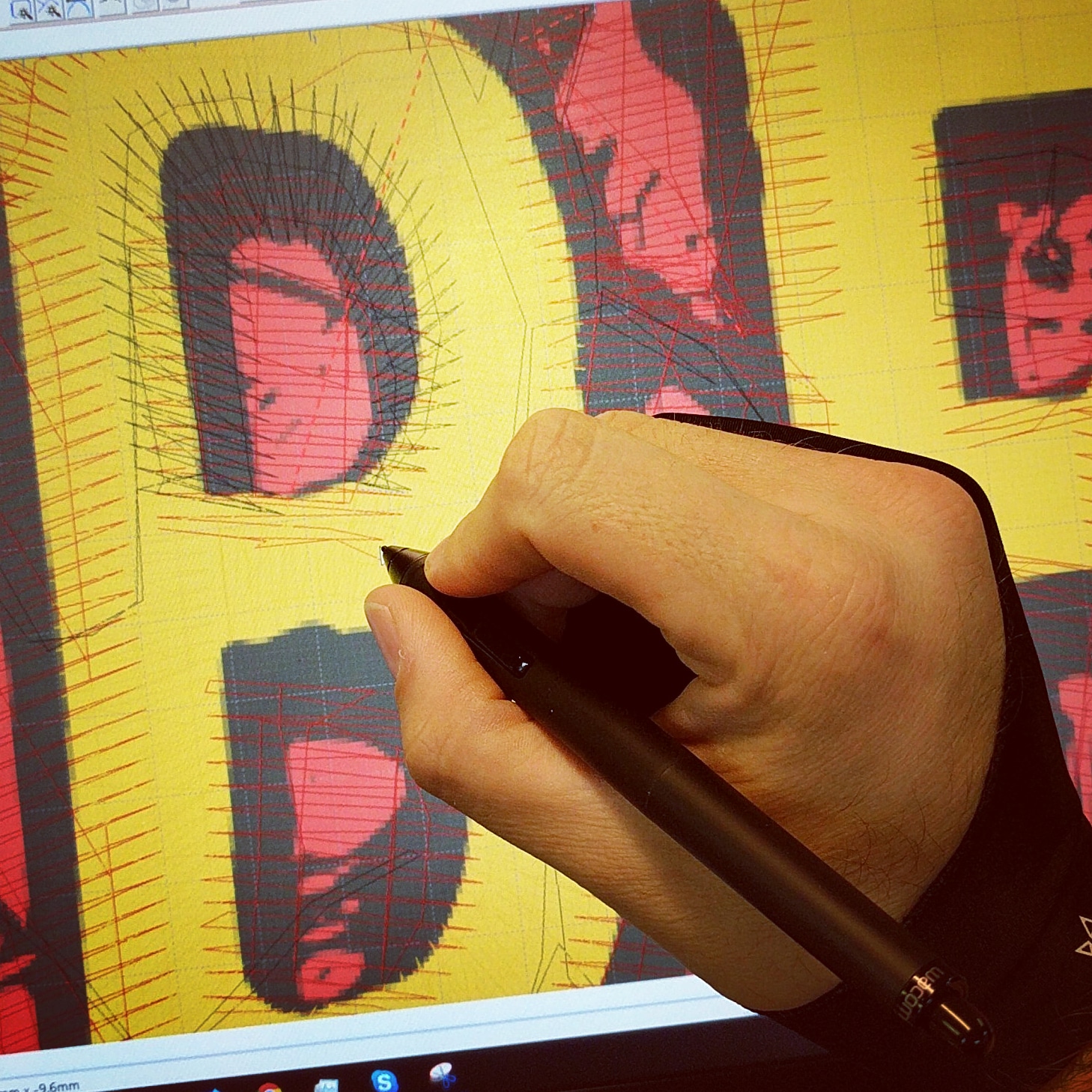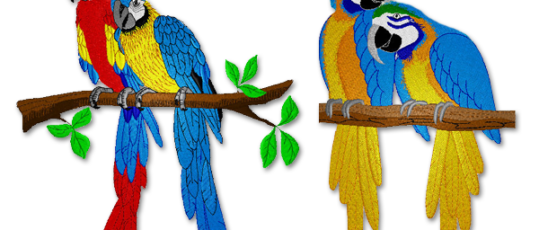Top Notch Digitizing for Embroidery: Expert Craftsmanship
Wiki Article
Grasping the Embroidery Digitizing Process: Your Ultimate Guide
Needlework digitizing is a careful craft that calls for precision and proficiency to convert detailed layouts right into electronic formats for maker embroidery. As craftsmens get started on this trip to grasp the needlework digitizing procedure, a comprehensive understanding of the fundamentals establishes the structure for quality.
Recognizing Needlework Digitizing Fundamentals
Needlework digitizing basics create the structure upon which intricate layouts are translated into machine-readable formats for exact sewing. This initial step in the needlework digitizing procedure is critical for making sure that the final embroidered product is a faithful depiction of the original design. Recognizing needlework digitizing basics includes grasping vital principles such as stitch types, sew direction, density, padding, and pull settlement.Stitch types play an essential function in identifying the visual and textural end result of the embroidered style. By picking the suitable stitch kind, whether it be satin, fill, or running stitch, digitizers can achieve the wanted result and enhance the overall quality of the needlework. Additionally, stitch direction affects the flow and dimension of the design, while thickness figures out the spacing and insurance coverage of the stitches.
In addition, underlay stitching gives stability to the design by safeguarding the fabric and stopping distortion during the needlework process. Draw payment is one more essential factor to consider to combat the natural propensity of fabric to agreement when stitched. Grasping these embroidery digitizing fundamentals is basic for creating professional-quality stitched items.
Choosing the Right Digitizing Software
Picking the ideal digitizing software is a crucial choice that substantially influences the efficiency and top quality of the embroidery digitizing procedure. Digitizing for Embroidery. When choosing the right digitizing software, it is important to take into consideration factors such as the complexity of styles you plan to create, the user-friendliness of the software, the level of customer support offered, and the compatibility with your needlework deviceThere are various digitizing software application options offered on the market, varying from basic programs for beginners to sophisticated software program for expert digitizers. Some popular options consist of Wilcom EmbroideryStudio, Hatch Embroidery Software Application, and PulseID. These software supply a large range of tools and features to aid you develop elaborate styles effortlessly.
Prior to choosing, it is recommended to check out the different software alternatives through free trials or demos to determine which one ideal suits your requirements. Additionally, reviewing reviews and looking for recommendations from seasoned digitizers can give valuable insights into the strengths and weaknesses of each software plan (Digitizing for Embroidery). By carefully assessing your requirements and comparing the attributes of different digitizing software application, you can make an enlightened option that boosts your embroidery digitizing process
Digitizing Devices and Techniques

Optimizing Design Setup for Embroidery
Mastering the ins and outs of design setups is fundamental in attaining optimum lead to the embroidery digitizing look at these guys procedure, building upon the foundation laid by recognizing digitizing devices and techniques. When enhancing style settings for embroidery, it is important to take into consideration elements such as stitch type, density, rug, draw compensation, and registration. Sew type option influences the overall look of the design, with alternatives like satin, fill, and running stitches using various textures and impacts. Density refers to the spacing and density of stitches, influencing the layout's protection and longevity. Proper rug stitching offers security and avoids material distortion, specifically for complicated designs or on elastic products. Pull settlement readjusts for material stretch during sewing, making sure accurate layout duplication. Enrollment setups align various aspects of the style properly, keeping general style integrity. By fine-tuning these design settings, embroiderers can boost the top quality and precision of their stitched creations.
Troubleshooting Common Digitizing Issues
When encountering usual digitizing issues during the embroidery procedure, it is vital to comprehend the origin and apply effective solutions quickly. One usual trouble is stitch density problems, where stitches might be as well thick, triggering the textile to tighten, or too sporadic, bring about voids in the design. Adjusting the stitch density settings in the digitizing software application can aid settle this issue.Another constant difficulty is string breaks during the embroidery process. This can take place because of different reasons such as incorrect stress setups, dull needles, or making use of low-quality you could look here string. Making certain appropriate upkeep of the embroidery maker, including normal needle changes and tension modifications, can minimize the event of thread breaks.
Moreover, design enrollment errors can result in misaligned elements within the embroidery design. Examining the style alignment in the digitizing software and making essential modifications prior to sewing can aid in preventing this concern. By resolving these usual digitizing problems without delay and properly, you can make certain a smoother embroidery process and top notch ended up items.
Verdict
Finally, mastering the needlework digitizing process needs a strong understanding of the essentials, the best selection of software, and expertise of tools and strategies. Optimizing style settings and repairing typical digitizing problems are critical action in guaranteeing premium needlework outcomes. By adhering to these steps carefully, one can achieve accuracy and performance in the digitizing process.Report this wiki page